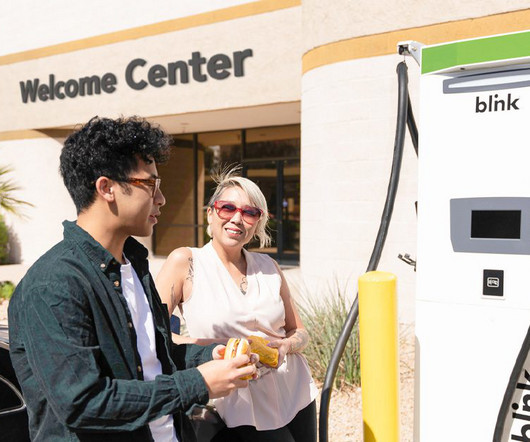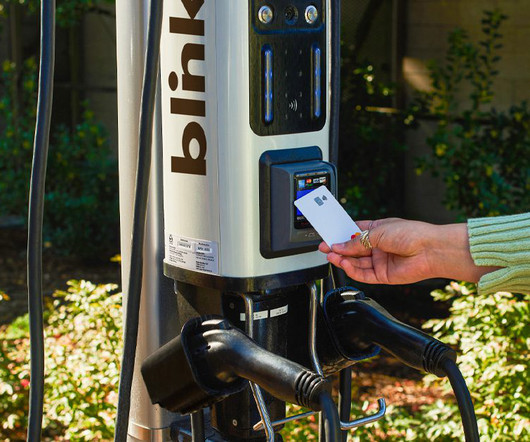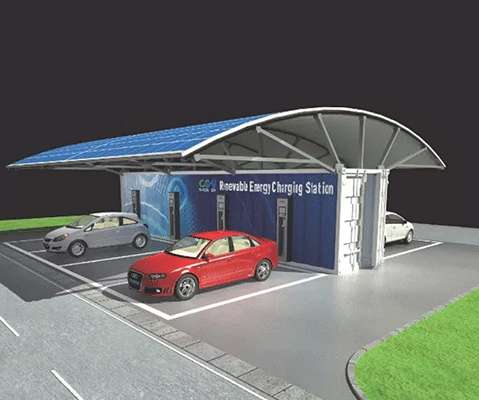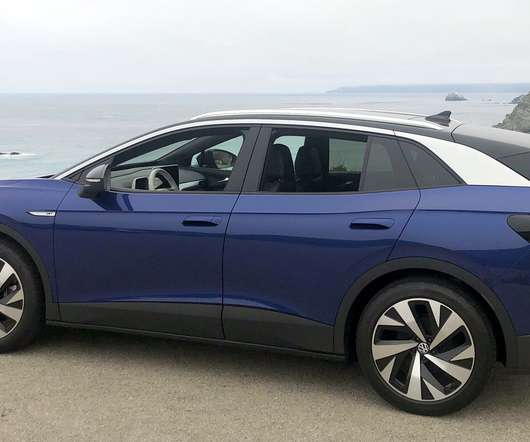Three Major Sources of Funding for EV Charging at Convenience Stores and Truck Stops
Blink Charging
AUGUST 22, 2023
. $5 billion is allocated for the NEVI program, which will be used by the states for the establishment of an interconnected national network of direct current fast chargers (DCFCs) along designated Alternative Fuel Corridors. Eligible funding amounts : Projects located in alternative fuel corridors: $1,000,000 – no maximum.











Let's personalize your content